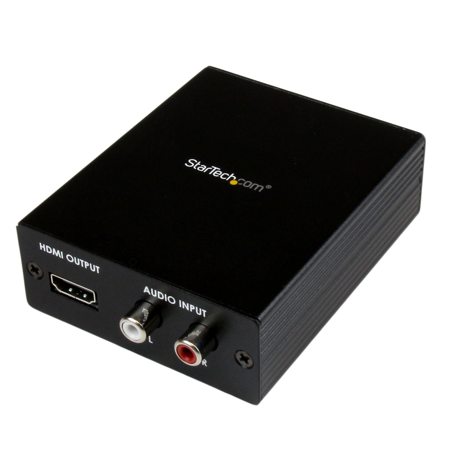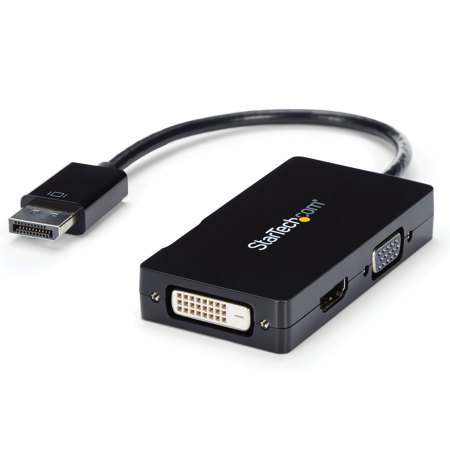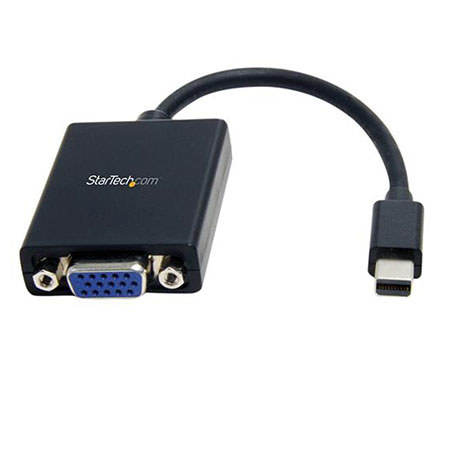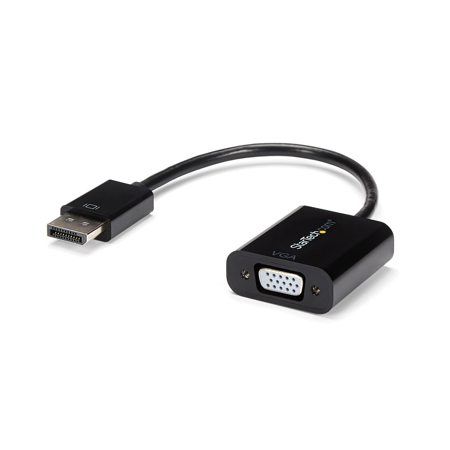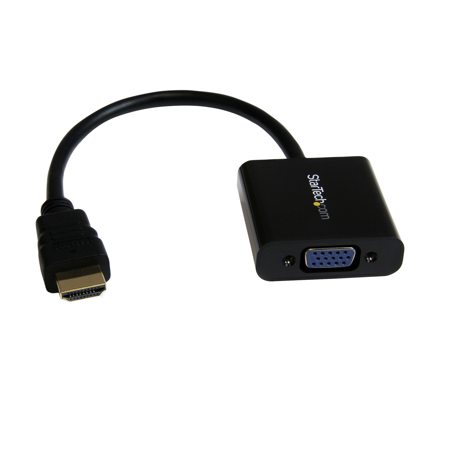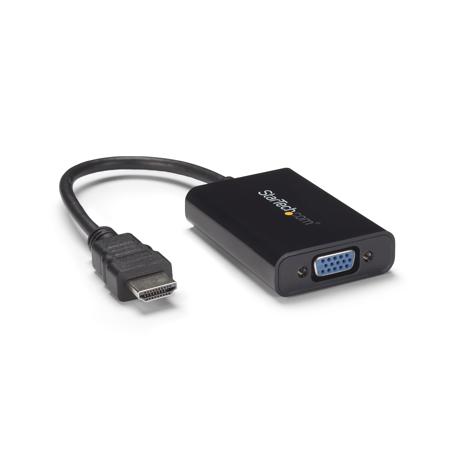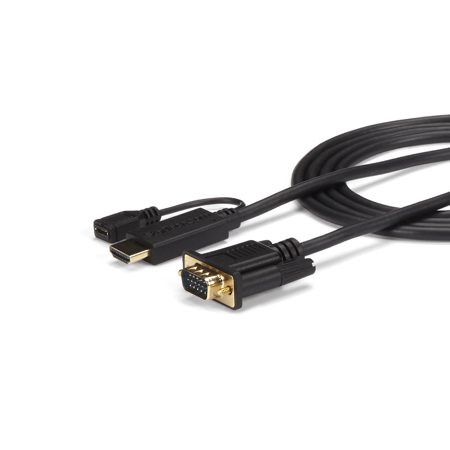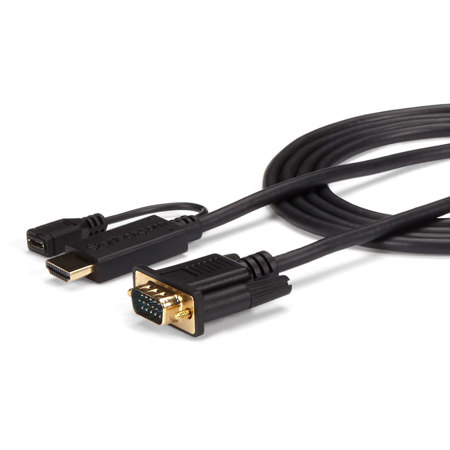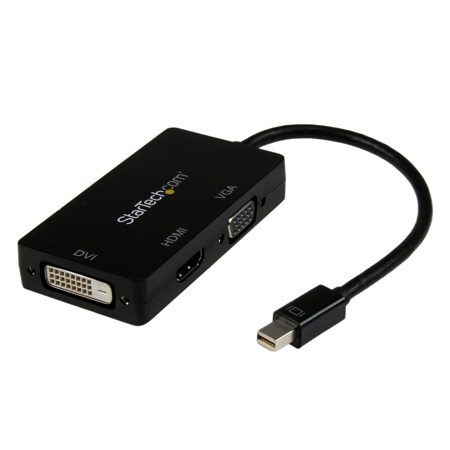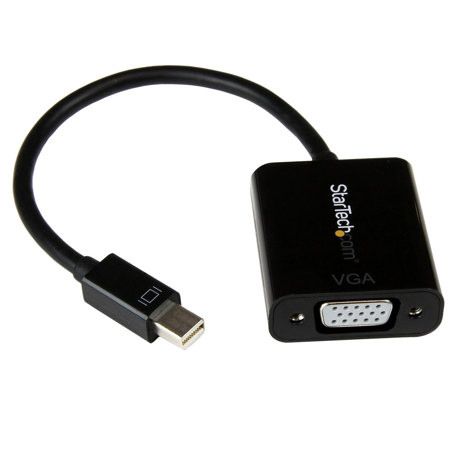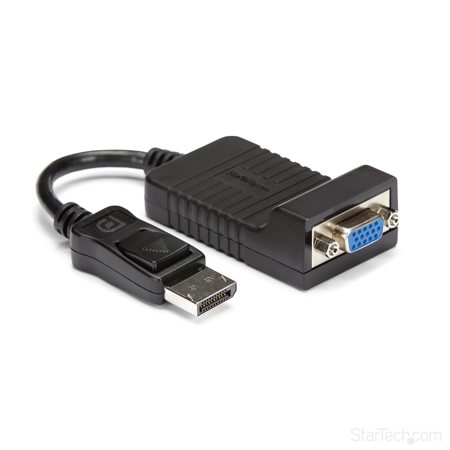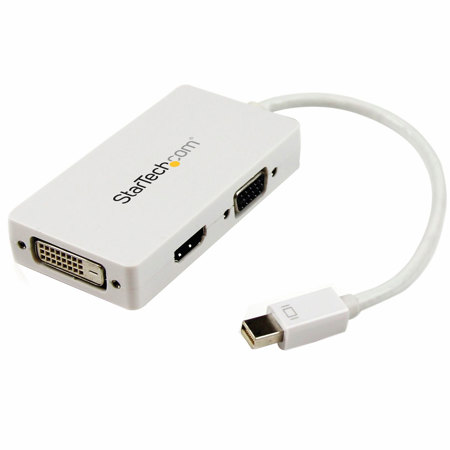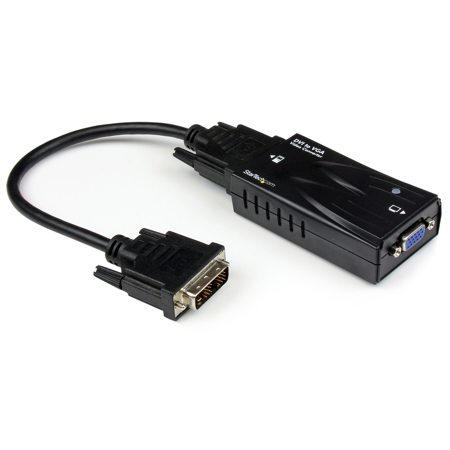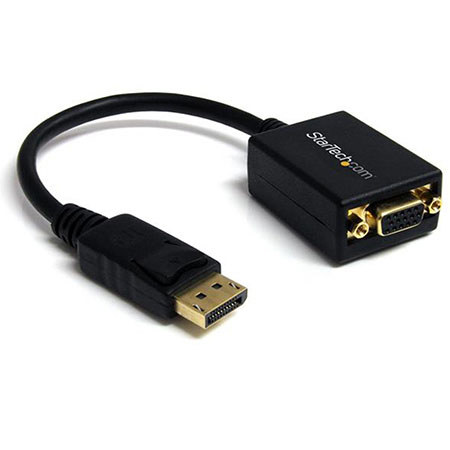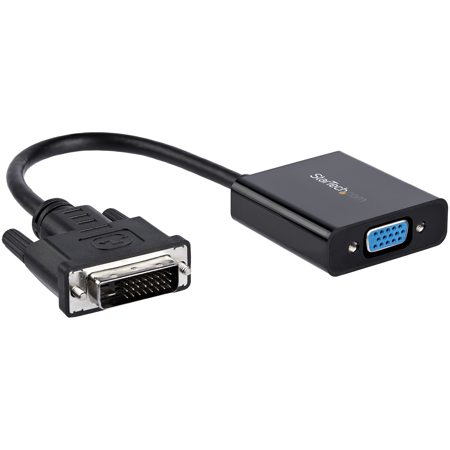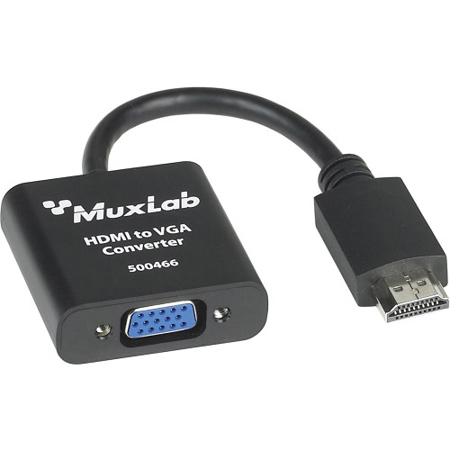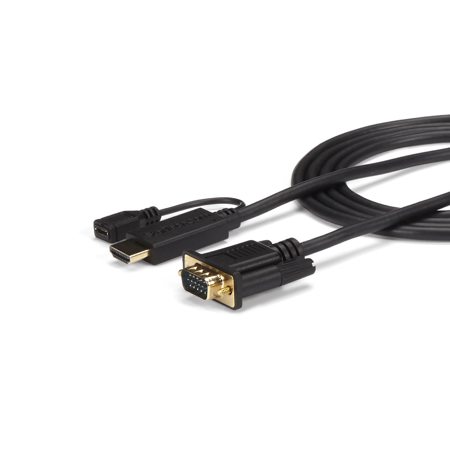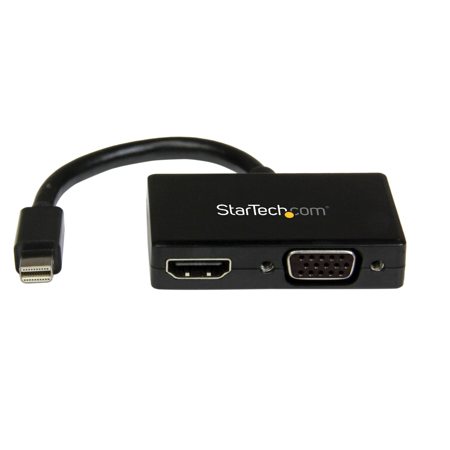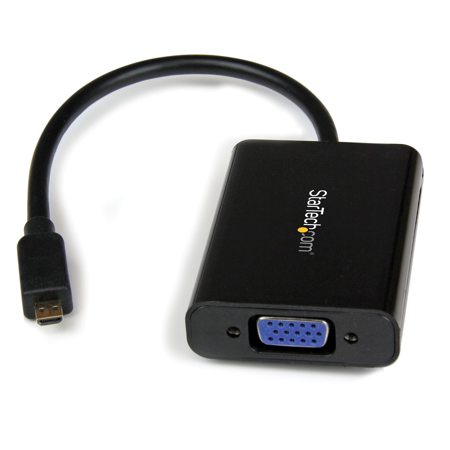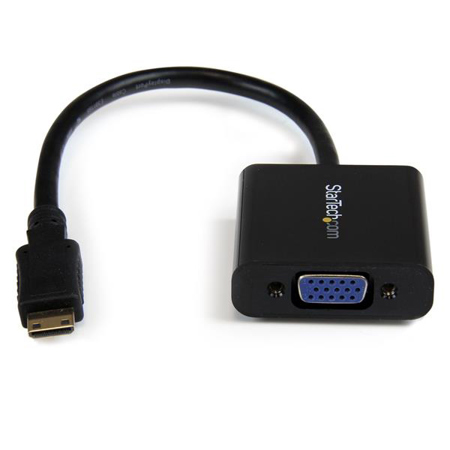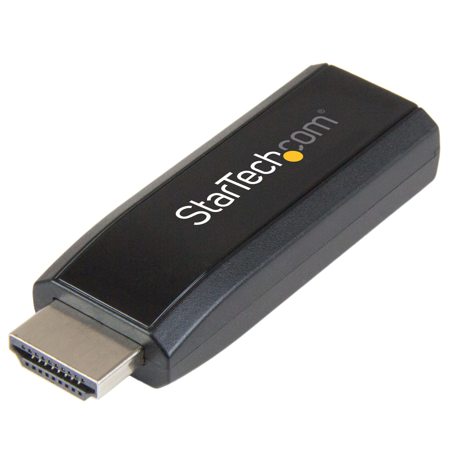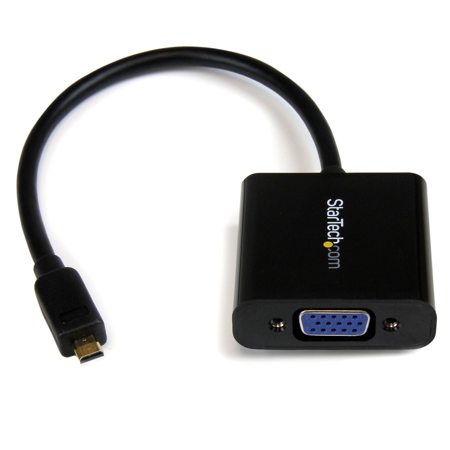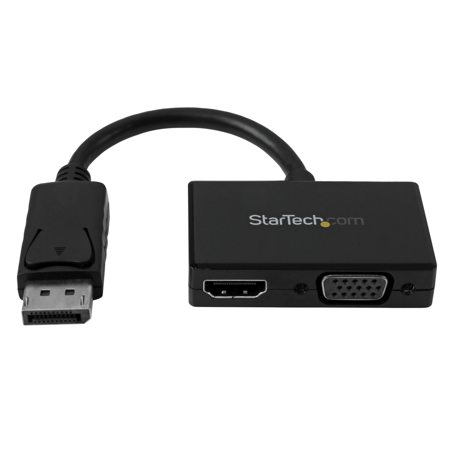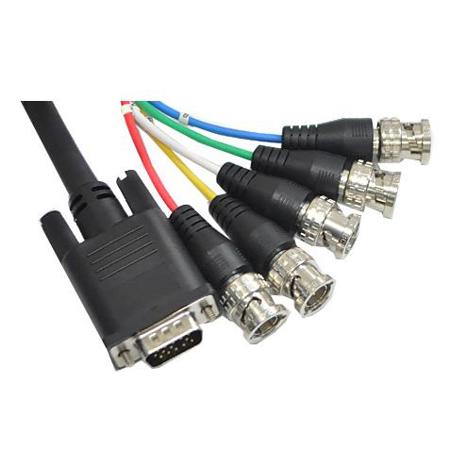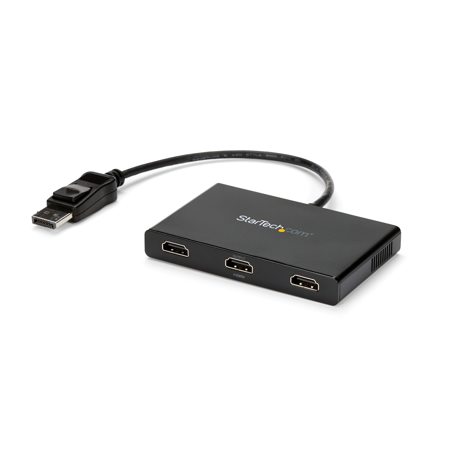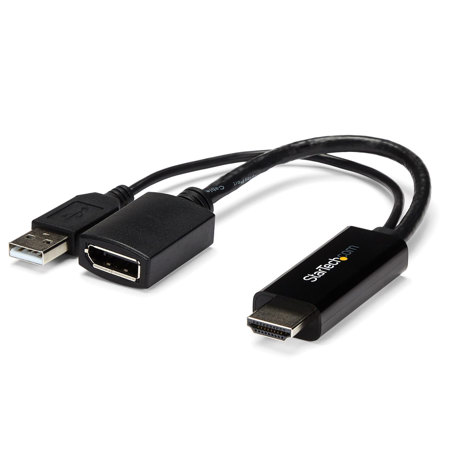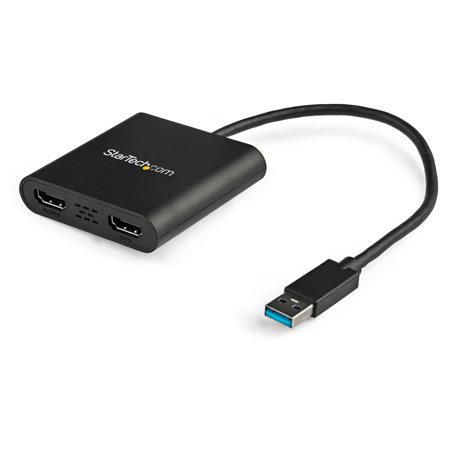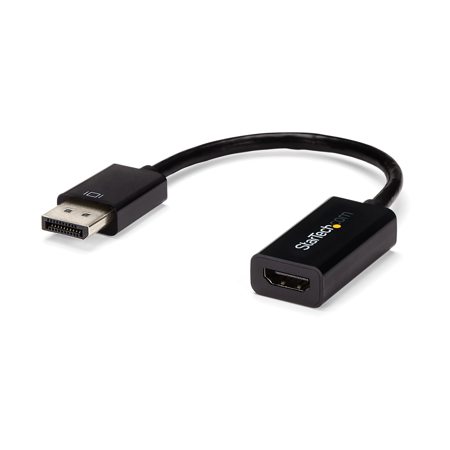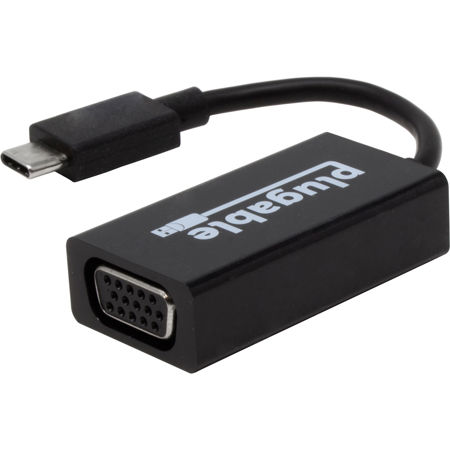VGA Converters
VGA converters remain essential tools for anyone bridging the gap between older technology and today’s digital displays, especially as workspaces, classrooms, and home entertainment setups continue to evolve. Whether you’re a professional presenter relying on legacy projectors, a gamer dusting off a favorite retro console, or someone simply looking to extend the life of a trusted monitor, these devices offer a practical solution for connecting equipment with mismatched video ports. As autumn brings the start of a new school year and fresh business projects, many find themselves needing to connect laptops or desktops with VGA outputs to modern HDMI or DVI displays in classrooms, conference rooms, or home offices. Conversely, those with new devices might need to connect to older VGA-only monitors or projectors—common in institutions or creative studios that haven’t fully upgraded their infrastructure. For anyone organizing hybrid events, lectures, or family movie nights, a reliable analog to VGA converter or a VGA to HDMI converter ensures that everyone can see the presentation or enjoy the entertainment, regardless of the age or type of display involved.
When selecting a VGA converter, there are several important considerations to keep in mind to ensure seamless compatibility and optimal performance. The directionality of the converter is crucial: most units are designed to convert signals in only one direction, such as VGA to HDMI or HDMI to VGA, so it’s important to match the converter to your specific source and display needs. Resolution support is another key factor—make sure your converter can handle the resolution and refresh rate of your display to avoid downgraded image quality or compatibility issues. For those integrating audio into their setups, some VGA to HDMI converters include audio support, allowing both video and sound to be transmitted through a single cable, which is particularly useful for presentations or home theater systems. Power requirements also vary; while some converters draw power directly from the connected device, others may require external power sources, which can influence portability and ease of installation. These details become especially relevant during the busy fall season, when educators, business professionals, and tech enthusiasts are setting up new spaces or refreshing existing ones in preparation for a productive year ahead.
Gifting a VGA converter can be a thoughtful gesture for students heading off to college, educators preparing classrooms, or anyone with a passion for vintage computing and gaming. As the days grow shorter and indoor activities become more frequent, many people revisit older electronics for nostalgia or practicality, and a high-quality converter can breathe new life into these devices. Creative professionals, AV technicians, and hobbyists alike appreciate the flexibility that comes from having the right converter on hand, making it easier to adapt to a variety of display scenarios without the need for costly equipment upgrades. For those exploring more advanced setups or looking for additional options, a comprehensive selection of Video Signal Converters provides solutions for DVI, DisplayPort, and other video formats, ensuring that every connection is covered. With the right VGA converter, users can confidently connect, display, and share content across generations of technology, making the transition between analog and digital worlds as smooth as possible.
When selecting a VGA converter, there are several important considerations to keep in mind to ensure seamless compatibility and optimal performance. The directionality of the converter is crucial: most units are designed to convert signals in only one direction, such as VGA to HDMI or HDMI to VGA, so it’s important to match the converter to your specific source and display needs. Resolution support is another key factor—make sure your converter can handle the resolution and refresh rate of your display to avoid downgraded image quality or compatibility issues. For those integrating audio into their setups, some VGA to HDMI converters include audio support, allowing both video and sound to be transmitted through a single cable, which is particularly useful for presentations or home theater systems. Power requirements also vary; while some converters draw power directly from the connected device, others may require external power sources, which can influence portability and ease of installation. These details become especially relevant during the busy fall season, when educators, business professionals, and tech enthusiasts are setting up new spaces or refreshing existing ones in preparation for a productive year ahead.
Gifting a VGA converter can be a thoughtful gesture for students heading off to college, educators preparing classrooms, or anyone with a passion for vintage computing and gaming. As the days grow shorter and indoor activities become more frequent, many people revisit older electronics for nostalgia or practicality, and a high-quality converter can breathe new life into these devices. Creative professionals, AV technicians, and hobbyists alike appreciate the flexibility that comes from having the right converter on hand, making it easier to adapt to a variety of display scenarios without the need for costly equipment upgrades. For those exploring more advanced setups or looking for additional options, a comprehensive selection of Video Signal Converters provides solutions for DVI, DisplayPort, and other video formats, ensuring that every connection is covered. With the right VGA converter, users can confidently connect, display, and share content across generations of technology, making the transition between analog and digital worlds as smooth as possible.
